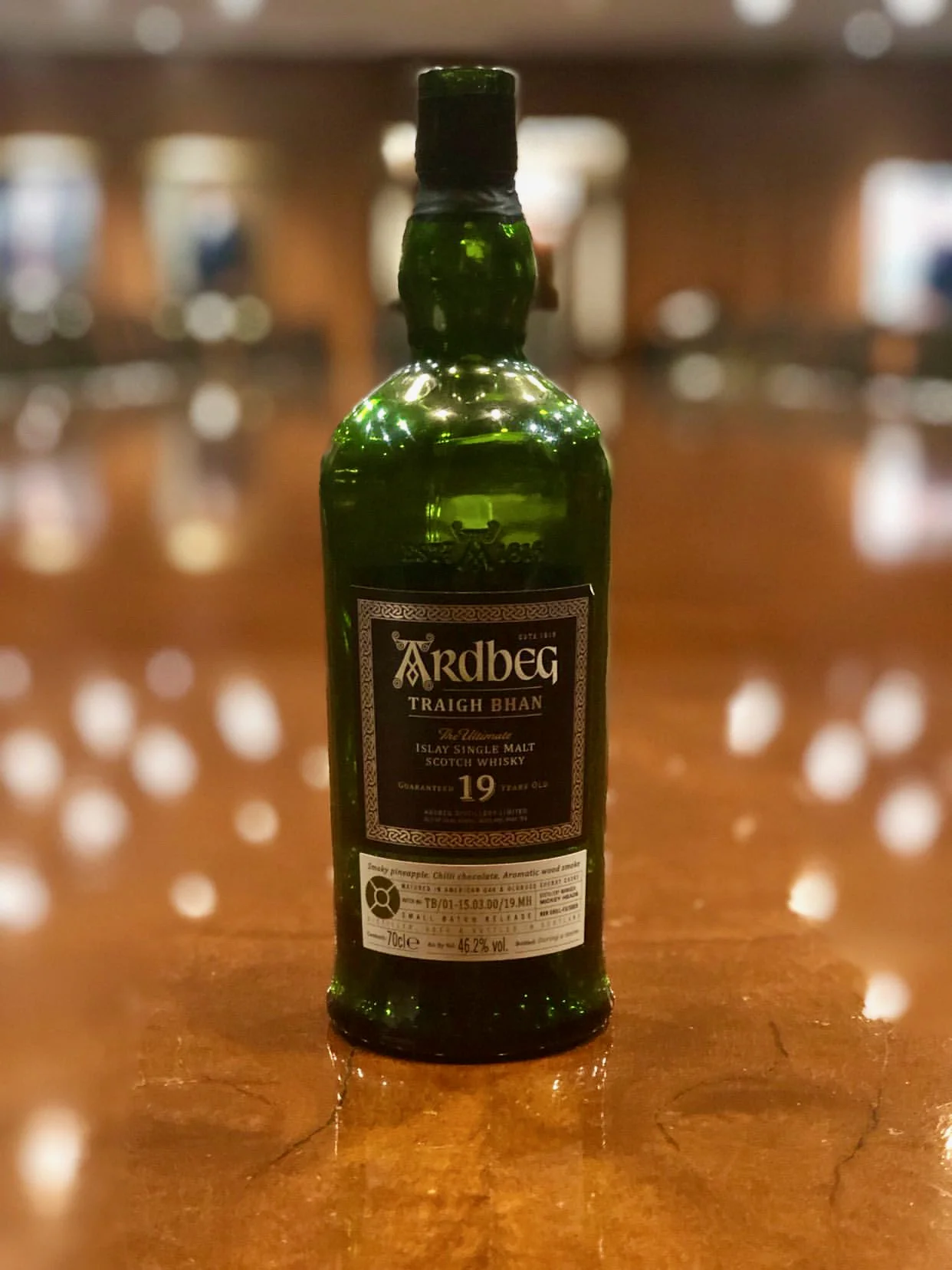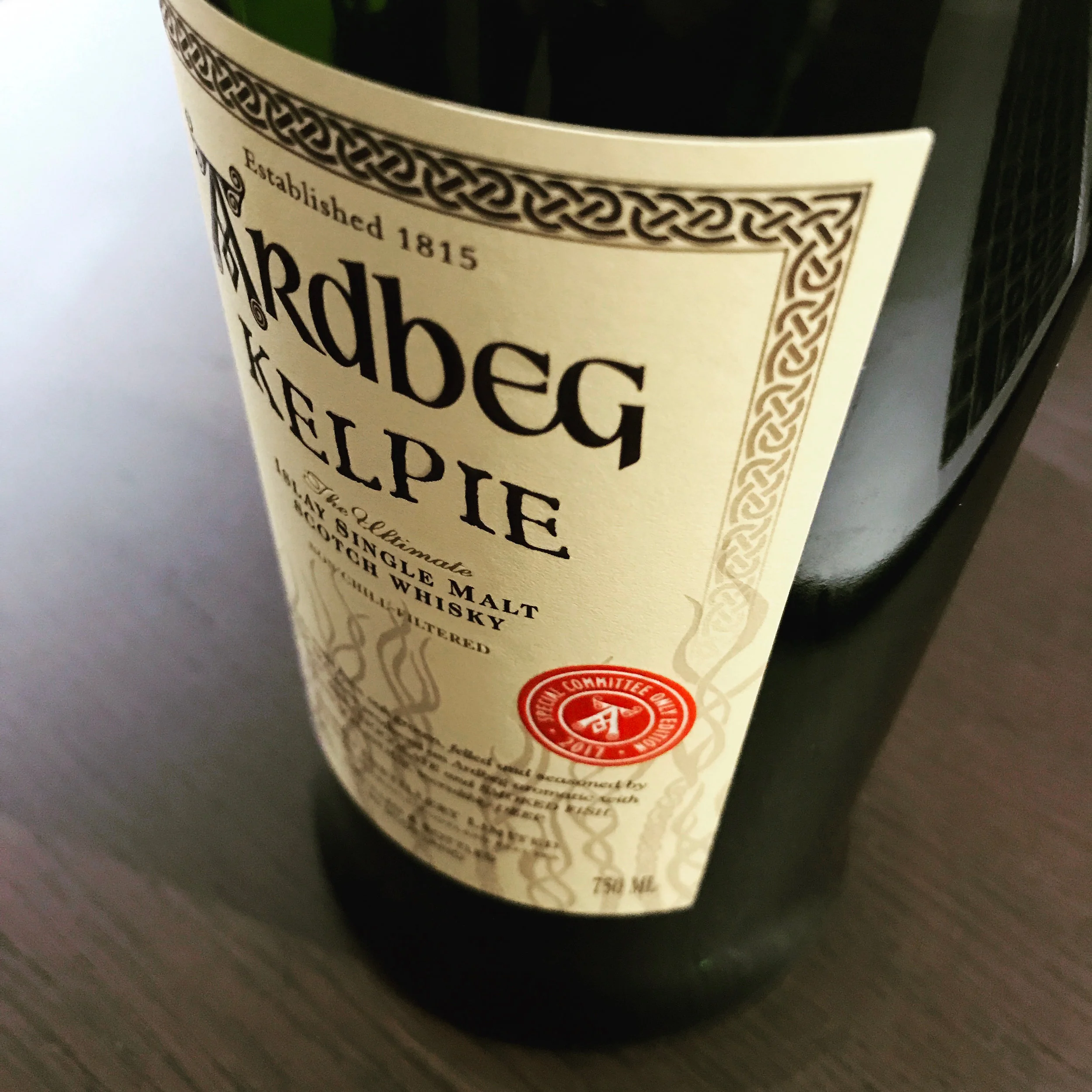One of the oldest distilleries in Scotland, Lagavulin has a history dating back to the mid-1700s (although their ‘official’ opening date was 1816). Lagavulin doesn’t make affordable Scotches - their standard 16 year old is $110 at the LCBO, and it goes up from there, although they have recently released a 200mL ‘trial’ size of their 16 year old for $33.95.
A new LCBO entrant in the Lagavulin line is a limited quantity 12 year old cask strength Scotch. There are still some bottles available but the product is listed as discontinued so don’t expect to see it again until perhaps next year. Lagavulin has been releasing these Scotches annually since the early 2000s and judging from the reviews, they keep getting better each year. My recent preference for cask strength Scotches made this an easy pick for the Whisky Cabinet.
As with all peaty Scotches, the first scent is smoke. It’s not Laphroaig smoky, but a more composed and complex earthy smokiness such as that of a nearby fire (whereas with Laphroaig, you are standing in the fire). That smokiness is joined with caramel, citrus, and an almost imperceptible hint of lavender. On the pallet I find this Scotch a perfect balance between the common taste profiles of salty, sweet, and the smoky. There’s a depth to every element, like that of a richly delicious meal. The after-taste is warm, with the smokiness slowly drifting away. Whereas some Scotches at this age have a heavy dried fruit sweetness, the Lagavulin has a softer, less imposing sweetness.
When drinking this Scotch, it really is about the second and third taste, as the initial hit might be too explosive in both peat and alcohol to fully appreciate. Give it a chance, let it warm up, and then enjoy. At around $115 at the LCBO it’s not inexpensive. If it’s too late to purchase this Scotch at your local LCBO, the 16 year old should be readily available and is an excellent option.
Note: Originally published on Spotlight Toronto

















